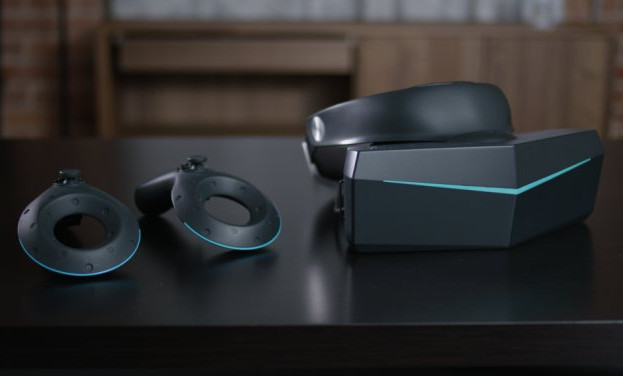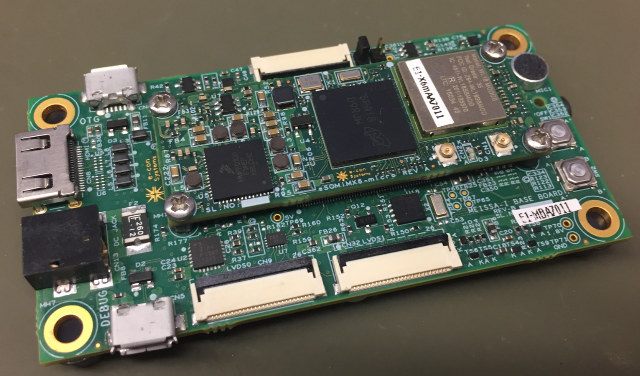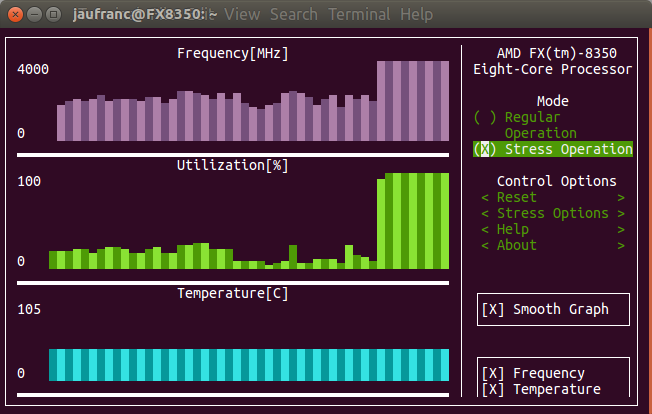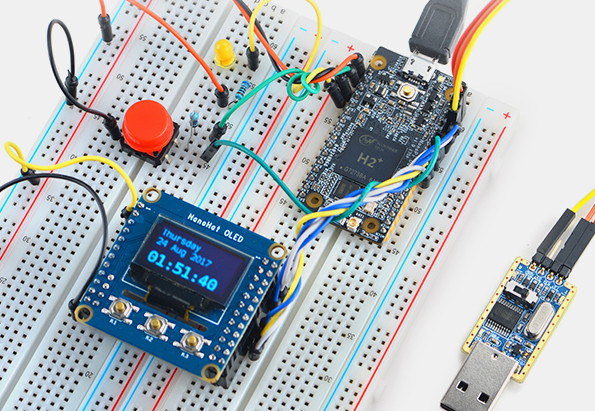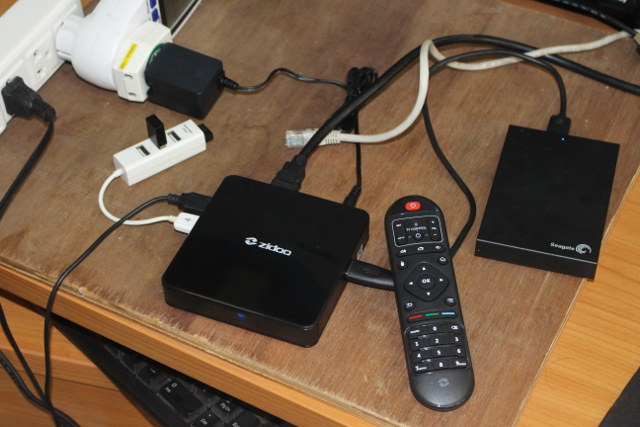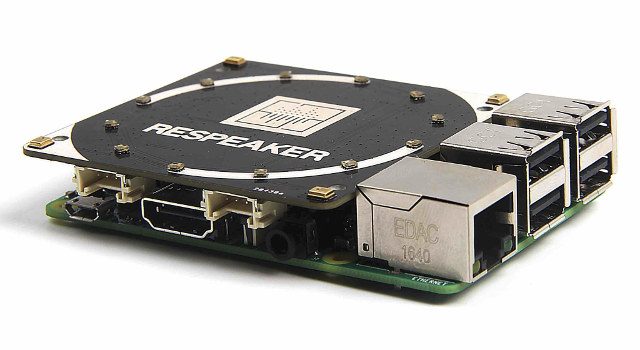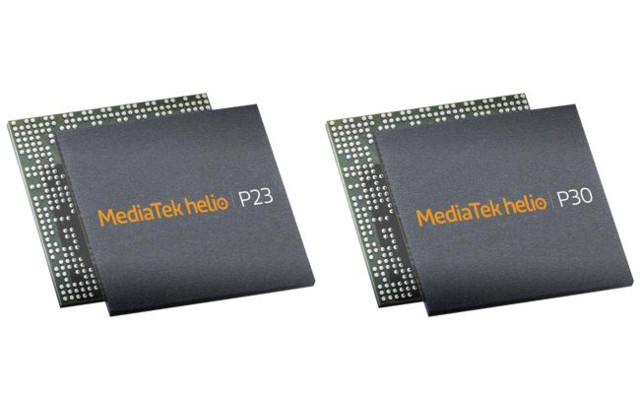The user experience with current virtual reality headsets is far from ideal, because of a lack of content, the “screen-door effect“, and the screen resolution is not quite high enough since it’s so close from our eyes. 8K virtual reality headsets, with 4K per eye, should make the experience both more realistic, and minimize the screen-door effect. One of the first such products will be Pimax 8K VR headset. It’s still a prototype that the company will showcase at IFA Berlin 2017, but we already know that beside a twin 3840 x 2160 pixel display, it will also have a 200 degree field of view, and 18 ms MTP (Motion-to-Photon) latency. The headset will ship with two motion controllers to track your movements. With the kind of processing power required to handle 8K, it’s not a standalone headset, and instead will rely on (Windows) computers with NVIDIA GeForce GTX980 or […]
Google Releases ARCore Augmented Reality Preview SDK for Android
Augmented reality has been a thing for many years, and Qualcomm released an Augmented Reality SDK working with Android as soon as 2011, but Google has only just released a preview of ARCore augmented reality SDK for Android in order to bring AR capabilities to existing and future Android phones. ARCore works without any additional hardware (e.g. no 3D depth camera needed such as Tango), relies on Java/OpenGL, Unity or Unreal engines, and focuses on three things: Motion tracking – ARCore determines the position and orientation of the phone as it moves using both the phone’s camera to observe feature points in the room and IMU sensor data, in order to keep virtual objects accurately placed. Environmental understanding – This handles placement of AR objects on surface like a table or a floor, with the SDK detecting horizontal surfaces using the same feature points it uses for motion tracking. Light […]
Save Power, Hibernate Your Embedded Linux System
This is a guest post by Tharma Rajan G, Project Lead, e-con Sytems. What is the best way to save power consumption of your embedded Linux system? Is there any way to save max power and resume operation ? Yes. It is ‘hibernate’ mode, one of the Power Modes in Linux. This article talks about how we utilized this ‘hibernate mode’ in our Reference Platform Kit Meissa-I with eSOMiMX6-micro SOM. Meissa-I is a dual board solution that features eSOMiMX6-micro Computer on Module & carrier board. Meissa-I development board runs Linux and Android Marshmallow (under development). eSOMiMX6-micro is based on Dual/Quad core ARM CortexTM-A9 based CPU @ 800MHz/Core. It has 1GB LPDDR2 and 4GB eMMC FLASH (expandable upto 32GB). The eSOMiMX6-micro module also has the Wireless LAN and Bluetooth module. Linux Power Modes Power Management is a key feature in embedded Linux system and there are two types for implementing the […]
The Stress Terminal UI (s-tui) is a Pretty CPU and Temperature Monitoring Terminal App
While it’s possible to do monitoring with tools like RPI-Monitor on headless or remote systems, top and htop are likely the commonly used tools to monitor CPU and process usage in the terminal. There’s now a new and different option with the Stress Terminal UI that display pretty charts for frequency, CPU usage, and temperature in the terminal, and as its name implies it can also stress the system. I’ve first installed it in my main computer running Ubuntu 16.04.2 as follows:
|
1 |
sudo pip install s-tui |
and then just started it
|
1 |
s-tui |
It took the screenshot above after enabling stress operation for a few seconds, and while frequency and CPU utilization in percent are updated properly, temperature is not, at least on my system. I had to enable “Smooth Graph” option to see any changes in the first two charts. I tried to run the app again with sudo, but still no temperature […]
$8 NanoPi Duo is a Tiny Breadboard Compatible Linux Board powered by Allwinner H2+ Quad Core SoC
It’s very easy to find breadboard compatible boards in the market with products based on Espressif chips such as NodeMCU or ESP32 boards, as well as OpenWrt board like Onion Omega2, or LinktIt 7688. However, it’s much more difficult to find powerful quad core boards in this form factor, but that’s exactly what FriendlyELEC has done with their NanoPi Duo board featuring an Allwinner H2+ quad core processor in a form factor slightly smaller than a Raspberry Pi Zero. NanoPi Duo specifications: SoC – Allwinner H2+ quad core Cortex A7 processor @ 1.2 GHz with Mali-400MP2 GPU @ 600 MHz System Memory – 256 or 512 MB DDR3-1866 SDRAM Storage – micro SD card slot, footprint for SPI flash Connectivity – 802.11 b/g/n WiFi (Allwinner XR819 module) with chip antenna, and u.FL/IPEX connector for external antenna USB – 1x micro USB OTG port Expansion headers – 2x 16-pin breadboard compatible […]
Zidoo X7 Review – Part 2: Android 7.1 Firmware, ZDMC, WiFi, and More
Zidoo X7 is an Android TV box powered by Rockchip RK3328 processor similar to Bqeel MVR9 with 2GB RAM, but instead of provide Gigabit Ethernet, and 802.11 b/g/n WiFi, it comes with Fast Ethernet, and 802.11 b/g/n/ac WiFi, so is better suited to people using WiFi instead of Ethernet for media streaming. You’ll find plenty of photos in the first part of the review entitled “Zidoo X7 TV Box Review – Part 1: Unboxing & Teardown“, and I’ll report my experience with Android 7.1.2 firmware in this second part. First Boot, Setup, and First Impressions I connected two RF dongles for MINIX NEO A2 Lite air mouse and Tronsmart Mars G01 gamepad via a USB hub, a USB keyboard to take screenshot, and a Seagate USB 3.0 hard drive to the single USB 3.0 port on the box. I perform tests with Ethernet in most reviews, but with Zidoo X7, […]
ReSpeaker 4-Mic Array is $25 Quad Microphone Add-on Board for Raspberry Pi
Last year, Seeed Studio launched ReSpeaker WiFi Audio / IoT board based on Mediatek MT7688, as well as an optional microphone array board with 7 microphones and 12 LEDs. Later on, they introduced a $10 2-mic array board for Raspberry Pi Zero (W), and today the company has started to take orders for ReSpeaker 4-Mic Array for Raspberry Pi board for $24.50 plus shipping. Respeaker 4-Mic Array board specifications: Audio X-Powers AC108 quad-channel ADC with I2S/TDM output transition 4 Microphones Expansion 2x Grove interfaces (1x I2C, 1x GPIO port using pins 12 & 13) 40-pin Raspberry Pi compatible header Misc – 12 LEDs (APA102) connected over SPI, GPIO5 enables power Dimensions – 65mm x 65mm x 9mm Weight – ~20 grams The board will give Raspberry Pi board the ability to do Voice Activity Detection (VAD) aka “hot word” detection, estimate Direction of Arrival (DoA) and show the direction via the LED ring, just like Amazon Echo or Google Home. I’m using an Orange Pi Zero board with a single microphone with Google Assistant and while it works fine most of the […]
MediaTek Helio P23 & P30 Processors Unveiled for “Premium” Mid Range Smartphones
MediaTek has introduced two more octa-core Cortex A53 processors with respectively Helio P23 for worldwide markets, and Helio P30 for China. Both processors build upon Helio P20/P25 design, but are upgraded with a faster Mali G71MP2 GPU, LTE Cat 7/13 modem, and in the case of Helio P30 the ability to record 4K videos with H.265 codec, instead of just H.264, and a new “vision processing unit”. Mediatek Helio P23 & P30 specifications: CPU – 8 core big.LITTLE processor with 4x ARM Cortex A53 @ 2.3 GHz, 4x ARM Cortex A53 @ 1.65 GHz GPU – ARM Mali-G71MP2 GPU clocked @ 770 MHz (P23) or 950 MHz (P30) Memory I/F – 2 x 16-bit @ 1600 MHz LPDDR4X, P23 only: 1 x 32-bit @ 933 MHz LPDDR3 Storage I/F – No info Display – Up to 2160 x 1080 resolution Video Encoder – P23: 2160p30 H.264; P30: 2160p30 H.264 & HEVC […]


